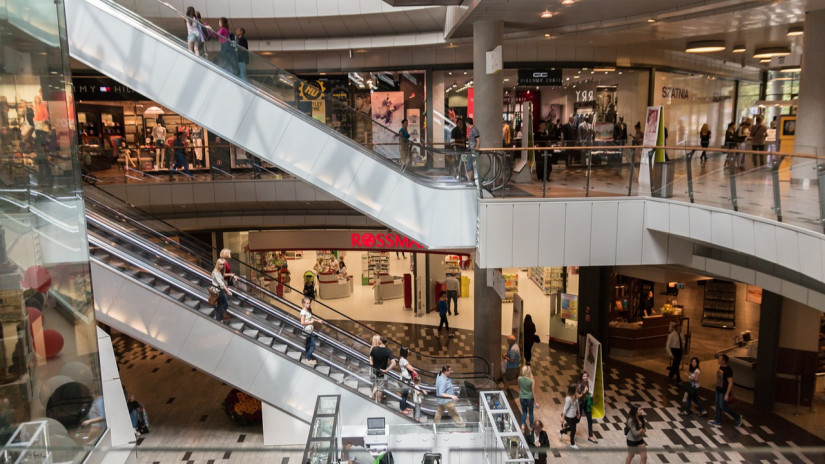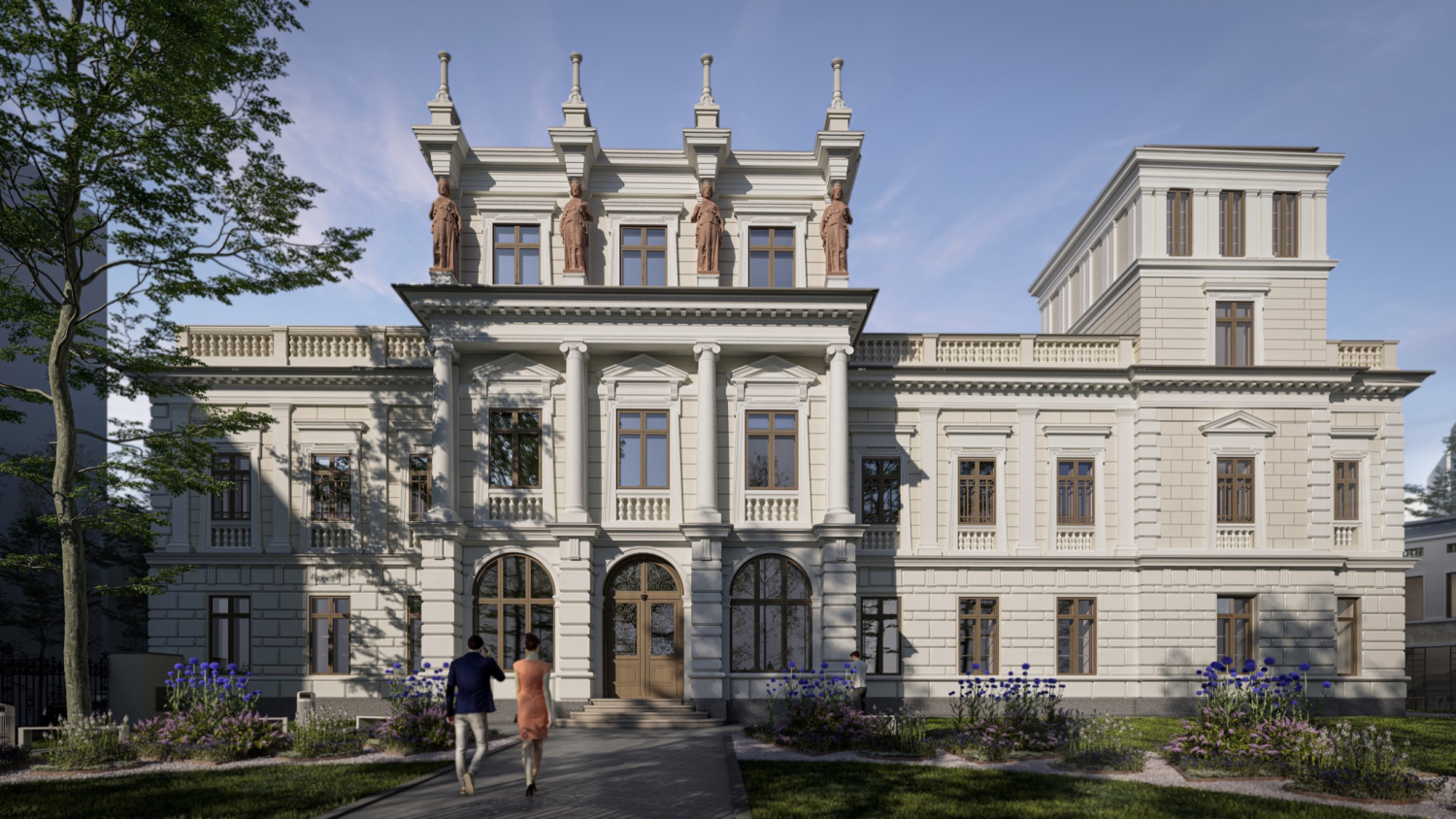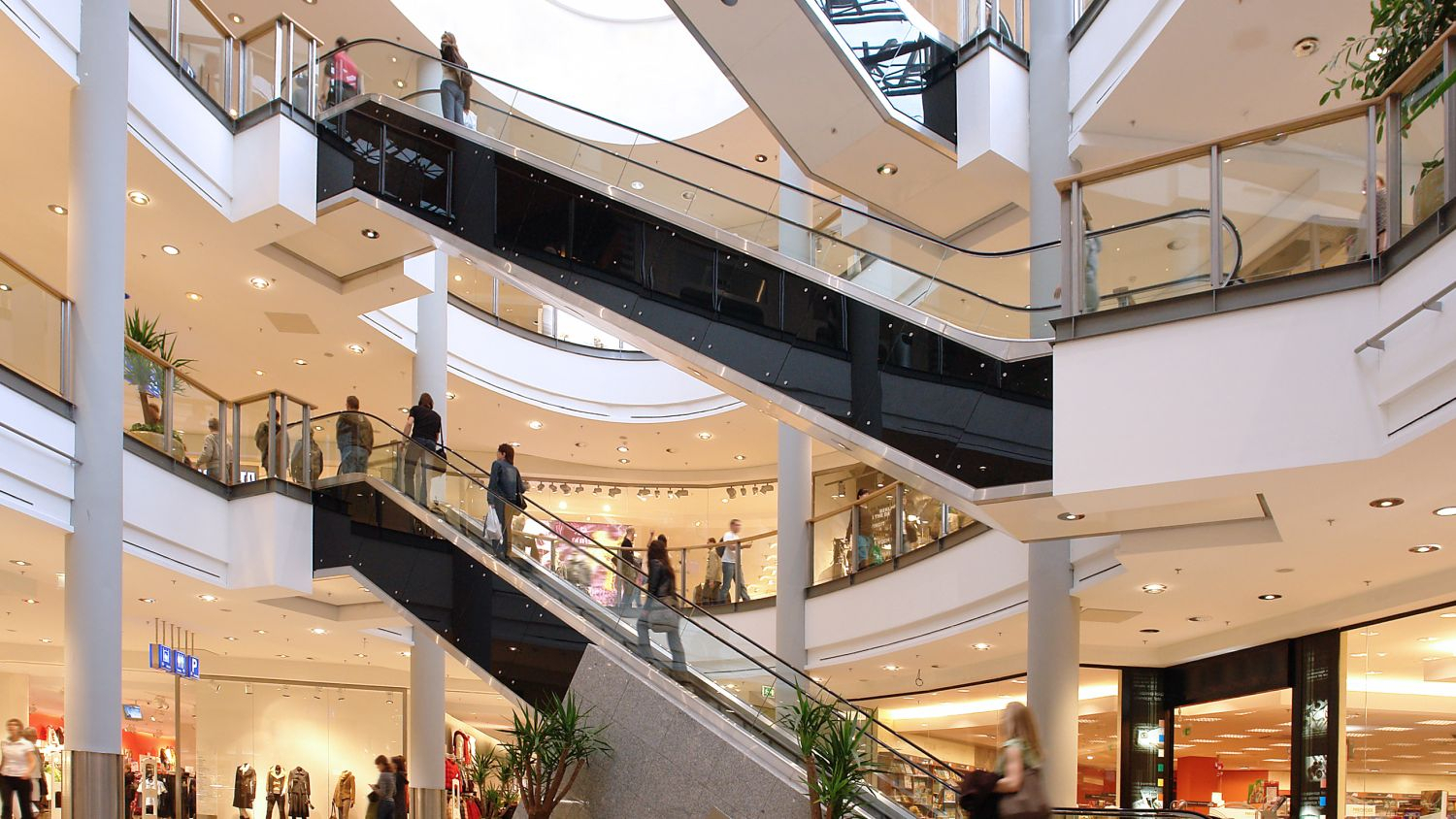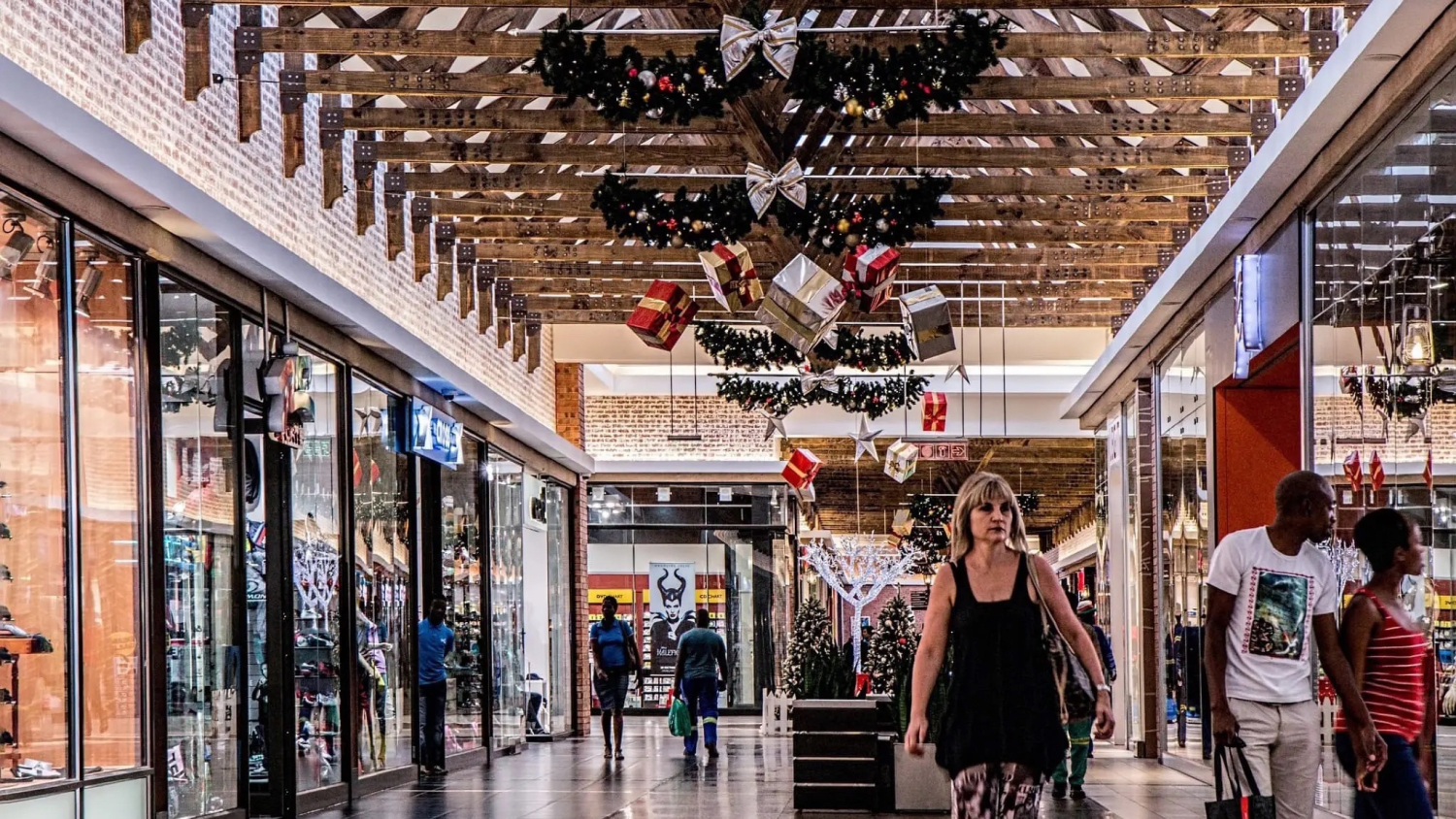The popularity of the specialized format is noticed in the forecasted developments, claiming 95% of the future new supply and when looking exclusively at the under-construction units, retail park is the predominant format to be developed nationwide. Pitesti city is the recipient of the main project in the pipeline and set to be brought on the market this month, respectively Arges Mall, a 52,100 sqm GLA (gross leasable area) concept developed by Prime Kapital.
According to the special research report Romania Retail Destinations 2024, released by CBRE Romania the leader of the real estate consultancy market, the major cities in the country surveyed by CBRE will attract approximately 185,000 sqm in the following period in different construction or planning stages. The largest shares of new supply are located in Bucharest or in its proximity, followed by Iasi, Cluj, Brasov, and Timisoara.
Romania maintains its position as an attractive market for international retailers, with many advantages, such as: increasing purchasing power, retail spending growing rates, a constant appetite for new brands, an educated workforce, and a very low vacancy rate (below 3% on average) for the existing spaces. Looking more closely at Bucharest, home to almost a third of the modern retail stock, the country's capital has strong purchasing power, which is now higher than Budapest - the closest CEE capital in this respect, and with cities such as Cluj-Napoca and Timisoara very close to the capital's level. Also, in terms of vacancy rates, Bucharest remains at a very low ratio, with overall vacancy below 1.0%.
"Whether the modern stock of retail space will exceed a new perceptual threshold and it could sound impressive still it is not enough, as many international retailers are interested in entering the Romanian market, and the demand for large areas has been increasing. 2024 is another dynamic year from a commercial point of view, considering the brands that have already opened or announced their intention to open locations in Romania, names such as KIKO Milano or Happy Restaurants and more to come from sports, convenience, fashion, and beauty sectors. Romania holds the potential to attract other major international brands in the foreseeable future, and the fact that their expansion here is backed by our extensive and unique experience is always a winning formula" explained Carmen Ravon, Head of Retail Occupiers at CBRE.
Although the eCommerce industry registers year-on-year growth, the forecasted volume for 2023 is €7 billion. – meaning a 11% YoY increase, this segment facing its own challenges as caution is the guiding principle for buyers affected by the price changes. Companies continue to focus their business on shopping centres or retail parks, looking to opening more stores. Romanians maintain their large appetite for fashion despite economic challenges, which puts our country on the retailers' list that want to expand their business regionally. 9 new companies mainly from fashion and food & beverage sectors chose to enter the Romanian market in 2023, 5 of them inaugurating their first units during the last year Other four announced their intention to open a store or secured a retail space and prepare launching their business, an example in this regard being Happy Bar & Grill, that announced its first location in AFI Cotroceni.
"Romania's retail scene is a fascinating blend of established markets and untapped potential. CBRE's Romania Retail Destinations 2024 report provides a roadmap for navigating its complexities. By understanding the unique dynamics of each city, businesses can tailor their strategies to achieve long-term success," said Daniela Gavril, Head of Research at CBRE Romania.
In terms of total existing retail stock, Bucharest ranks first with 1.25 million sqm, followed by Timisoara (218,800 sqm), Constanta (183,600 sqm), Brasov (181,000 sqm) and Craiova (175,000 sqm). Although the purchasing power of Cluj's inhabitants ranks 3rd after Bucharest and Timisoara, the city felt out of the top 5 cities in terms of modern retail stock by not delivering new supply since 2022, when it recorded 157,600 sqm.
At the same time, Cluj-Napoca has the highest prime rent for shopping centres, of €70 Euro / sqm / month, after Bucharest which reaches the threshold of €80 / sq. m / month. Iasi, Timisoara, and Constanta report values of €60-65 / sqm / month, while the rest of the cities in the analysis are at €45 / sqm / month.
At the end of 2023, shopping centres, considered the traditional retail format, claim across the country a bit over a quarter from the total new supply area as opposed to the retail park format which represents 73% of the newly inaugurated area. The trend for the specialized format (meaning retail parks) is constantly gaining more weight in the yearly new supply and could be observed in numbers starting with 2021 when retail developers predominantly focused on schemes that meet three essential points: small sized with potential for growth, easy to access, close to end users, even if that means outside the capital city or main regional cities.
At the same time, modern stock in the main cities continues to favour the shopping centre format, with almost all cities surveyed recording over 60% of stock in this format. A notable exception is Oradea, where retail parks account for 54%, contrasting with Brasov, where shopping centres account for 94%. In terms of the cities with the largest shopping centres, Bucharest has the largest surface area (773,300 sqm), 4.5 times larger than the next largest city, Brasov (171,000 sqm). Next is Timisoara (170,000 sqm), followed by Cluj-Napoca (more than 123,000 sqm), and Constanta (118,000 sqm), figures that have not changed since 2022.
As the first quarter of 2024 came to an end, it is noteworthy that Retail Trade maintains its positive trajectory and at the same time that demand is mainly focused on Prime locations. Even if developers are still cautious, so that the malls that most retailers are looking forward to are not being developed, they are focusing on retail parks, which have lower investment costs, allow for faster openings and in locations that enter tertiary cities thus developing modern consumer habits across the country.










